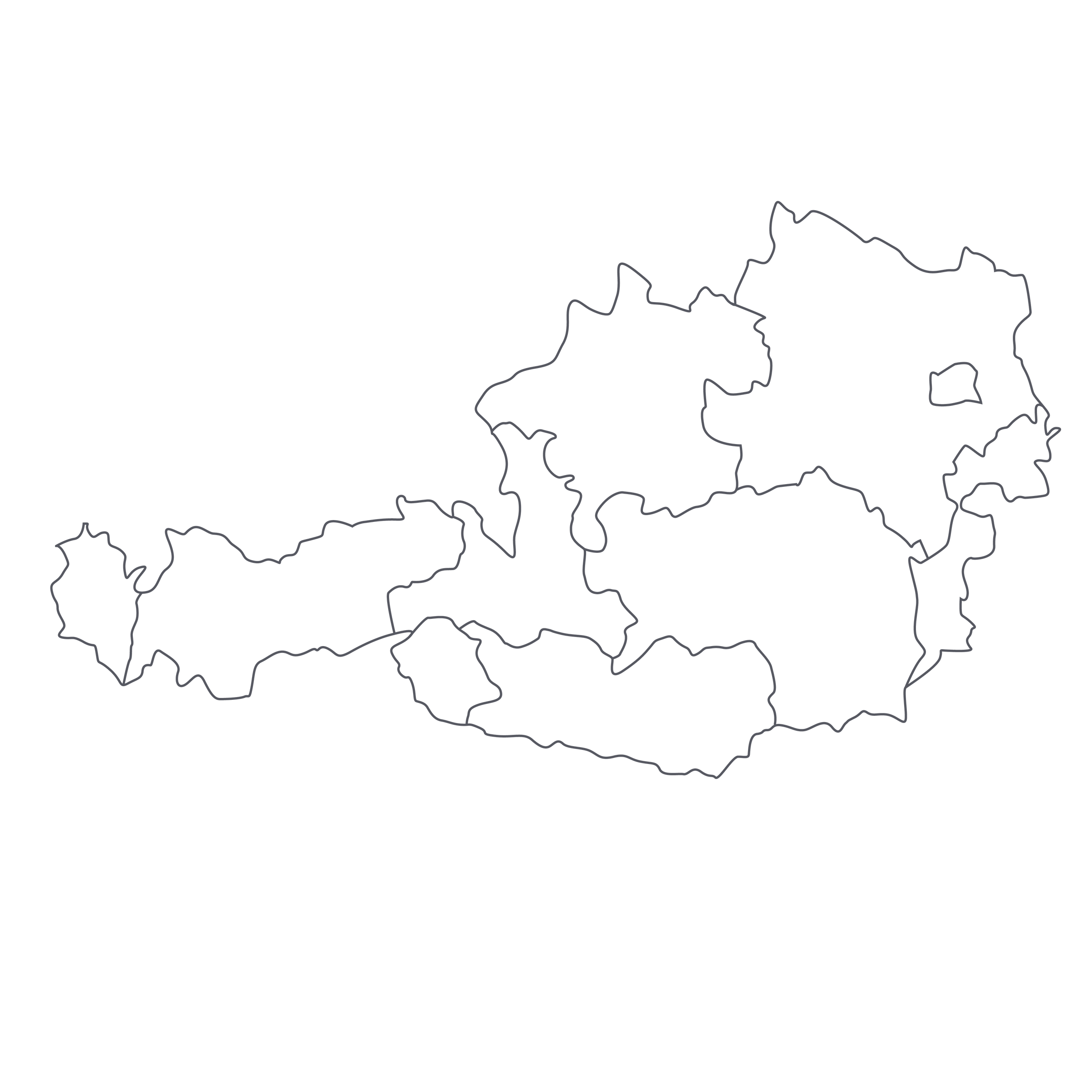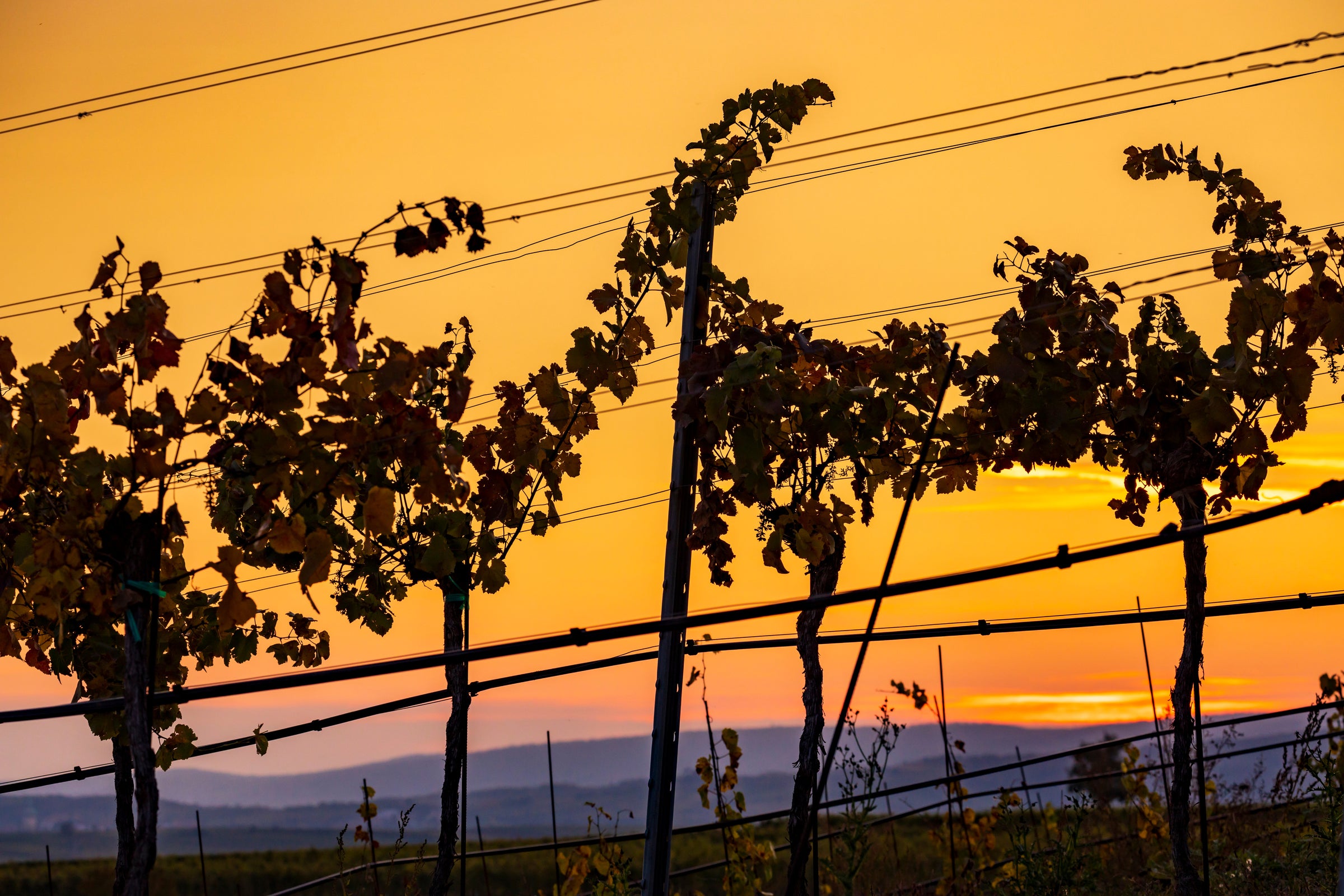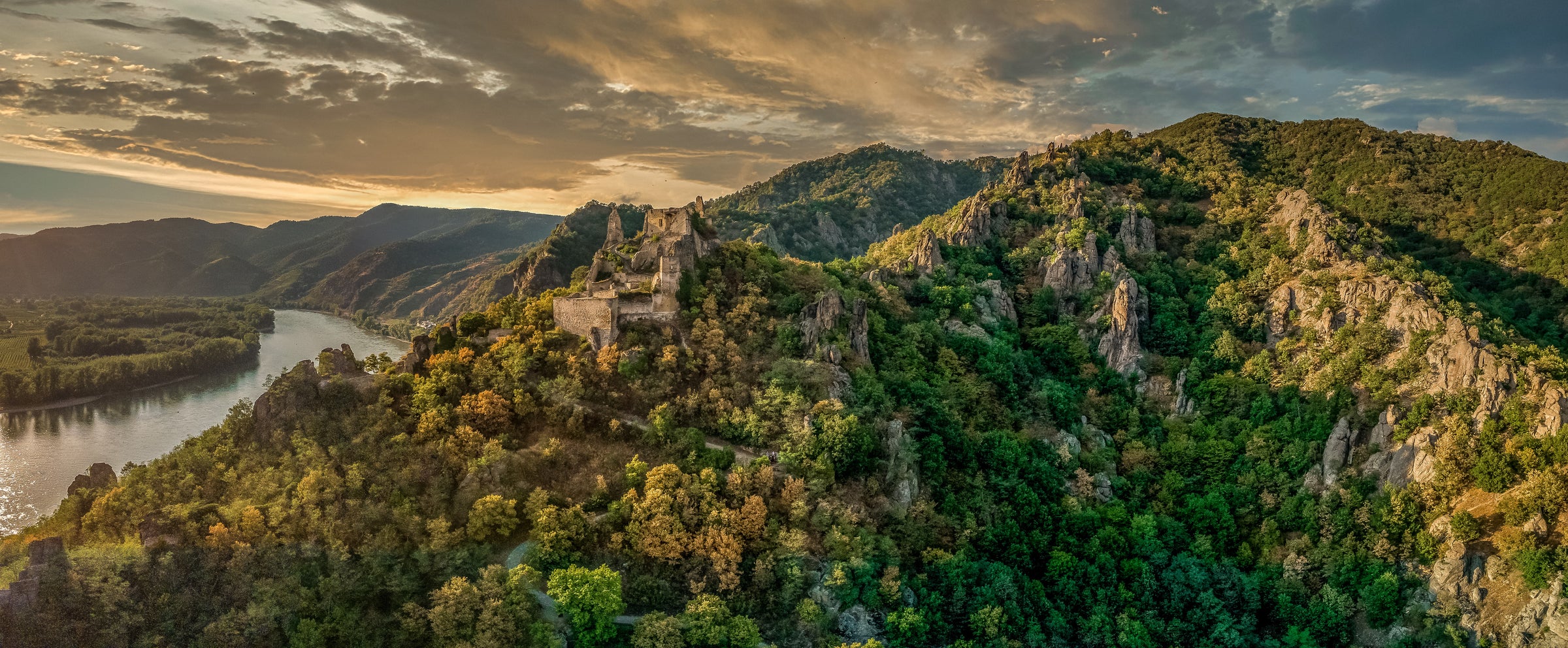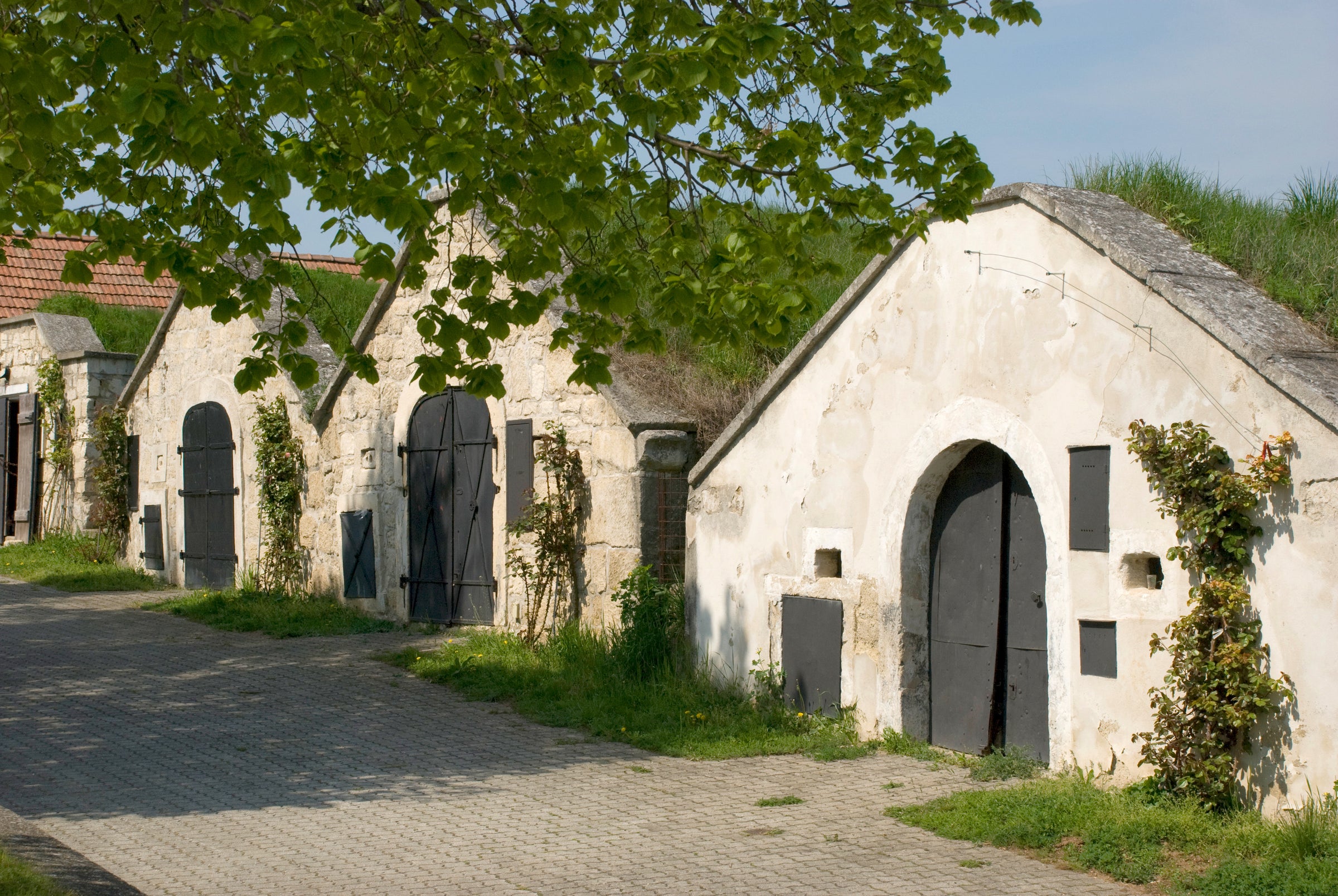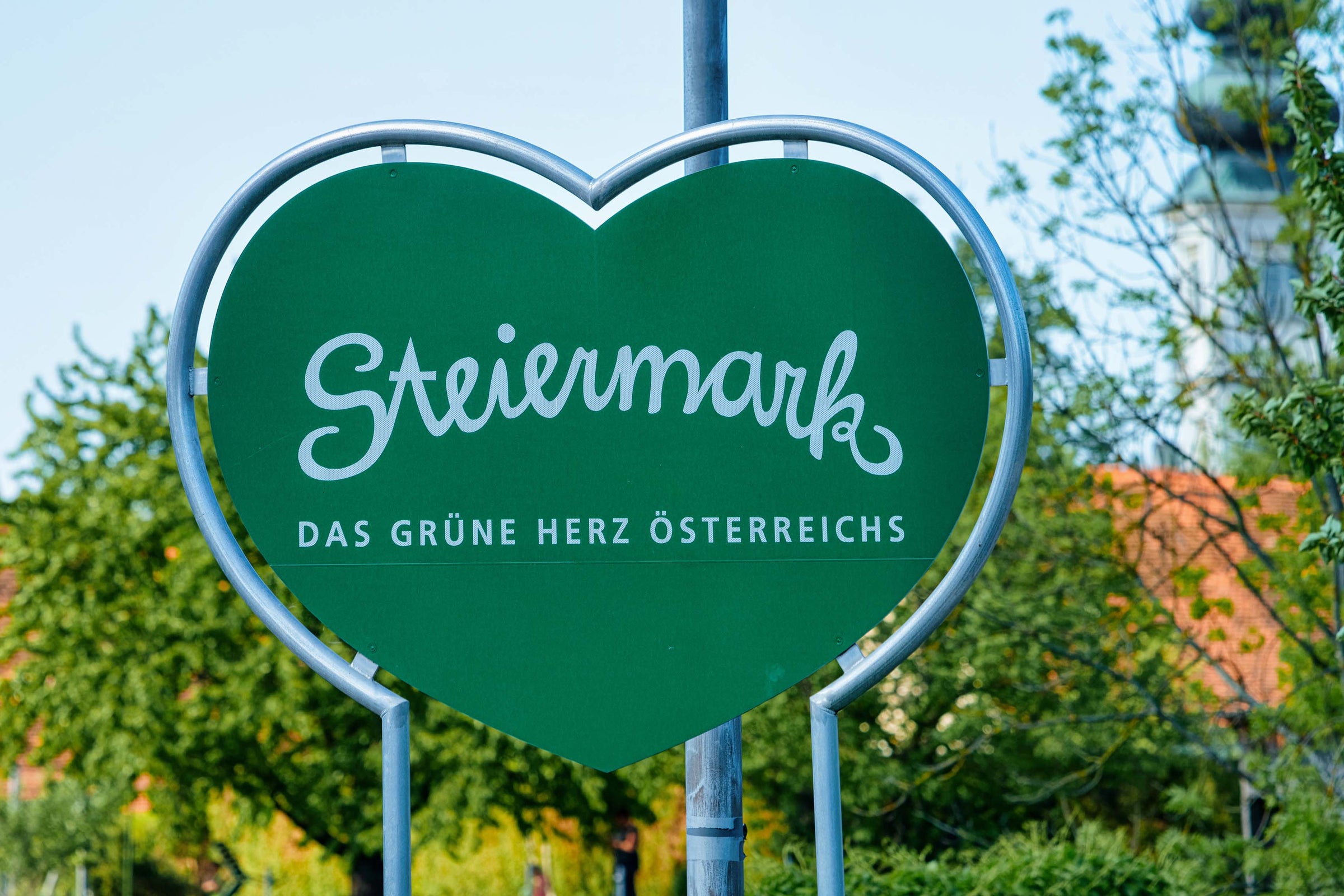This is hardly the first time I’m making a case for Austrian Blaufränkisch being a “world-class” red. If you’ve seen any of our offerings from Roland Velich of Moric, you know I’ve been a dog on this bone for a while. These days, Moric has lots of distinguished company in the Burgenland region, including relative newcomers Robert and Marianne Gassner, whose 2017 “Rusterberg Reserve” Blaufränkisch hit our tasting table like a bolt of lightning. The Gassners farm just three hectares of vines in the town of Rust, on the western shore of Lake Neusiedl, and they do so with such fanatical care and precision it’s no wonder their wines radiate such purity and detail.
Demeter-certified biodynamic farming is the starting point, after which the Gassners vinify their wines unhurriedly and naturally in a 16th-century cellar, eschewing all “inputs” save for the tracest amount of sulfur. To anyone who still thinks of Blaufränkisch as a plump, juicy, if relatively simple, pleasure—just taste this. It’s only priced in the realm of the simple. Otherwise, it’s a profoundly mineral and wildly expressive glass of wine that would surely stand its ground on a table alongside more expensive, more iconic reds. I’d bet the biodynamic farm on this one, and I can’t wait to put hands on another bottle!
\r\n
Natural wine lovers take note: We also have a minuscule amount of Gassner’s fascinating skin-fermented Grüner Veltliner “Amber,” aged 28 months in barrel. Forget traditional definitions of “white” and “red” because they don’t apply—or matter—here. It’s just an excellent, wholly unique wine. Grab 1-2 bottles here.
Rusterberg, the area around Rust, is an important piece of information on this wine’s label. Not far from Austria’s border with Hungary, it’s a part of the Burgenland DAC distinguished by its mineral-laden ruster schotter soils—a quartz-rich mix of weathered soil (sandy loam, gravel) over slate and granite bedrock. The Gassners have old vines here, but it was only in 2007 that they decided to produce wine, and only in 2015 that they decided to release some commercially. Theirs is every inch a “farmstead” winemaking operation, where everything is done by hand and quantities are extremely small (only about 600 bottles of this 2017 made it to their West Coast importer’s warehouse).
\r\n
Fermented on ambient yeasts and aged in large, used Austrian oak barrels for 28 months (!) before bottling, this wine is, by design, a more complex and integrated expression of Blaufränkisch than many fans of the variety may be accustomed to. There’s always a satisfyingly deep, purplish hue to most Blaufränkisch reds (blau means “blue” in German and many wines from the grape are downright inky) but not typically much tannin. Like a lot of Germanic reds, they look in the glass as if they’re going to be massive wines, but are the opposite on the palate: brisk, medium-weight, darkly-fruited reds that are profound yet accessible when young. This is all true in Gassner’s case, but without some of the blocky, dense, reductive qualities found in many new-release wines. It’s an aromatic, floral stunner—a nice mix of both bass and treble.
\r\n
Give this 2017 at least 30 minutes to unwind in a decanter and you’re in for a treat: In the glass, it is a deep ruby leaning to purple/black, with scents of blackberry, pomegranate, grilled herbs, violets, licorice, warm spice, and underbrush. Saturated color notwithstanding, it clocks in as medium bodied and full of energy, with firm, fine tannins and a very lifted feel. There’s a unique quality I ascribe to the acidity of Blaufränkisch reds—they’re bright and fresh but also softly contoured rather than sharp-edged. It’s a neat trick. Serve it at 60 degrees in Burgundy stems with a good old-fashioned goulash. I guarantee it’ll be a night to remember!
